LED lighting, powered by Light Emitting Diodes, has revolutionized illumination with energy efficiency and versatility. Electricians and homeowners benefit from reduced utility bills and a wide range of designs catering to every interior need. Safety is paramount during installation, requiring power shutdowns, protective gear, and well-prepared workspaces. This guide outlines LED fixture installation steps, emphasizing planning, compatibility checks, and secure wiring connections. Neglecting professional knowledge in DIY installations can lead to hazards and damage. Regular maintenance by electricians ensures optimal LED performance, with timely cleaning, damage inspections, and replacement of burnt-out LEDs leading to long-term cost savings.
“Brighten your space with energy-efficient lighting! This comprehensive guide, tailored for electricians, explores the art of installing LED fixtures. From understanding LED lighting’s benefits and diverse types to ensuring safe installation practices, we demystify the process step by step. Learn to avoid common pitfalls and discover maintenance tips for prolonged LED longevity. Discover why this game-changing technology is revolutionizing homes and businesses, offering both vibrant illumination and significant cost savings.”
- Understanding LED Lighting: Benefits and Types
- Preparation for Installation: Safety First
- Step-by-Step Guide to Installing LED Fixtures
- Common Mistakes to Avoid During the Process
- Maintenance and Longevity of Energy-Efficient LEDs
Understanding LED Lighting: Benefits and Types
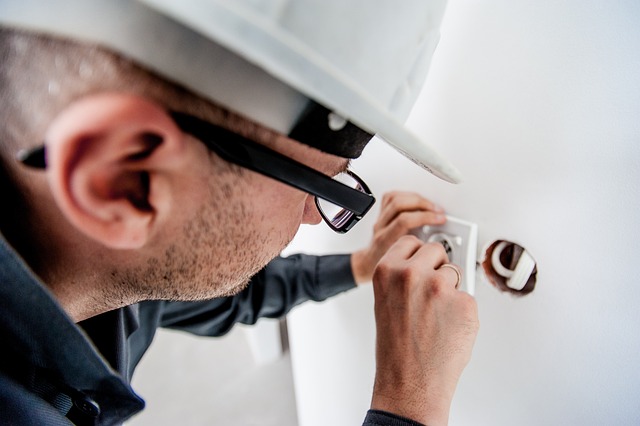
LED lighting has revolutionized the way we illuminate our spaces, offering a vast array of benefits that make it a popular choice for electricians and homeowners alike. At its core, LED stands for Light Emitting Diode, a highly efficient technology that converts electricity into light. This simple yet innovative design is what sets LEDs apart from traditional incandescent bulbs. One of the most significant advantages is their energy efficiency; LED fixtures consume significantly less power, resulting in lower utility bills for homeowners and businesses.
In terms of types, LED lighting offers a diverse range of options. From ambient lighting to task-specific applications, there’s an LED bulb designed for every purpose. For example, warm white LEDs create a cozy atmosphere, while cool white bulbs provide bright, crisp light ideal for tasks that require precision. Additionally, LED fixtures are available in various designs, including recessed lighting, pendant lights, and strip lights, catering to different interior aesthetic preferences and functional needs. This versatility makes LED lighting an attractive and practical choice for electricians installing lighting systems.
Preparation for Installation: Safety First
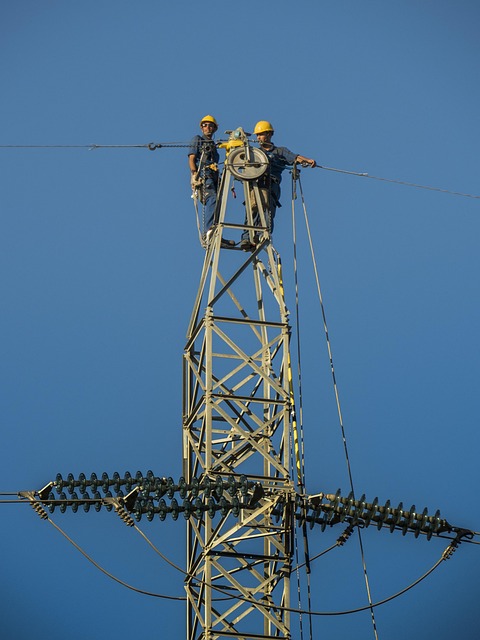
Before any installation begins, ensuring safety should be the top priority for both homeowners and professional electricians. When preparing to install lighting fixtures, especially energy-efficient LEDs, it’s crucial to follow proper safety protocols. This includes turning off the main power supply to the circuit you’re working on. Verify this with a voltage tester to ensure no live wires are active. Proper protective gear, such as gloves and safety glasses, is essential to prevent any accidents or injuries during the process.
A well-prepared workspace is also key. Clear the area of any obstructions or trip hazards, ensuring easy access to all necessary tools and materials. Proper lighting in the work zone is important for visibility, allowing the electrician to perform precise installations. This initial preparation not only enhances safety but also sets the stage for a successful and efficient lighting fixture installation.
Step-by-Step Guide to Installing LED Fixtures
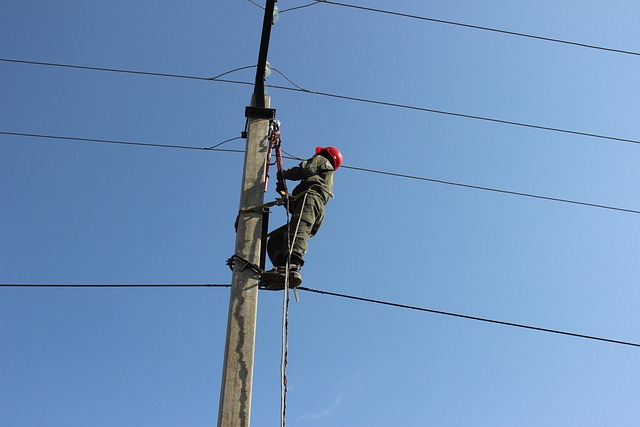
Installing LED fixtures is a great way to update your space and reduce energy consumption. Here’s a simple step-by-step guide for an electrician or DIY enthusiast:
1. Plan and Prepare: Assess the area where you want to install the LEDs, ensuring they fit the required space. Turn off the power at the circuit breaker to ensure safety during installation. Gather all necessary tools, including LED fixtures, wiring, connectors, and any required hardware.
2. Remove Old Fixtures: Carefully take out any old lighting fixtures or bulbs. Inspect the existing wiring and make note of its arrangement. If replacing a switch or dimmer, ensure it’s compatible with your new LED fixture. Prepare new wiring if needed, ensuring all connections are secure and correctly terminated.
Common Mistakes to Avoid During the Process
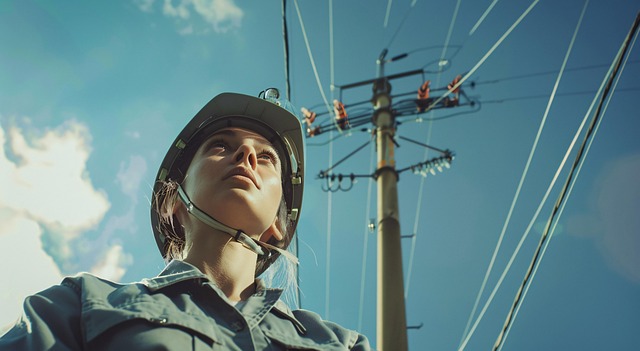
When installing lighting fixtures, especially energy-efficient LEDs, there are some common pitfalls to steer clear of. One frequent mistake is assuming that any DIY approach will suffice. Lighting installations, particularly those involving electrical work, require professional knowledge and skills to ensure safety and functionality. Attempting a complex setup without proper training can lead to faulty wiring, potential hazards, and even damage to the fixtures.
Another avoidable error is neglecting proper planning. This includes assessing the space, determining the right fixture type for each area, and considering the lighting design in relation to other elements like furniture arrangements. Electricians often emphasize the importance of a well-thought-out plan to achieve optimal illumination and energy savings, so it’s crucial to consult professionals who can provide expert guidance throughout the process.
Maintenance and Longevity of Energy-Efficient LEDs
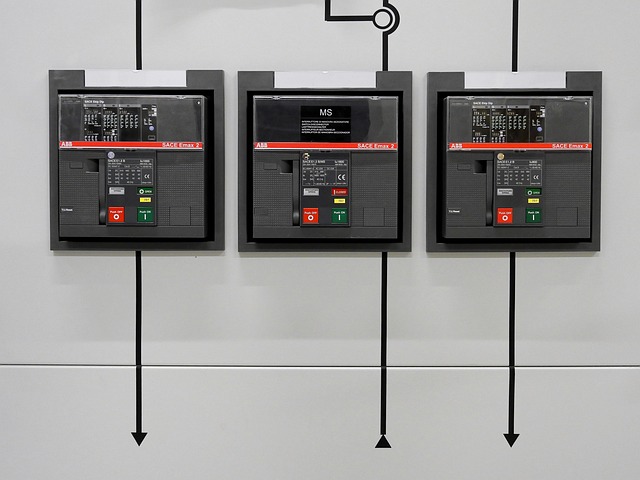
Energy-efficient LED lights are a popular choice for homeowners and businesses alike due to their environmental benefits and long lifespan compared to traditional bulbs. However, maintaining their optimal performance over time requires attention from electricians or lighting experts. Regular cleaning of the fixtures is essential to prevent dust buildup, which can block light output and reduce energy efficiency.
LEDs also benefit from occasional inspection for any signs of damage, especially in areas prone to extreme temperatures or moisture. Timely replacement of burnt-out LEDs ensures uninterrupted service and maintains the overall longevity of the lighting system. Electricians play a crucial role in ensuring these fixtures remain efficient and durable, thus contributing to long-term cost savings for clients.
When it comes to lighting installations, an electrician’s expertise is invaluable. By understanding LED technology, preparing thoroughly, and following a step-by-step guide, professionals can ensure efficient energy-saving LED fixture installations. Avoiding common mistakes and proper maintenance will contribute to the longevity of these fixtures, making them a sustainable and cost-effective choice for any space.
